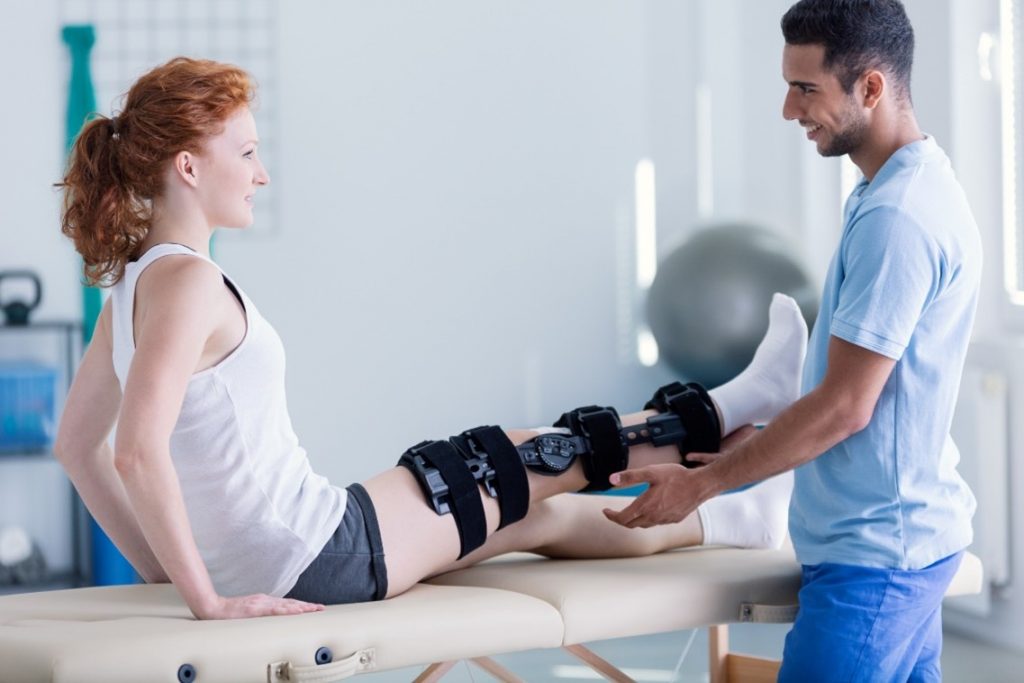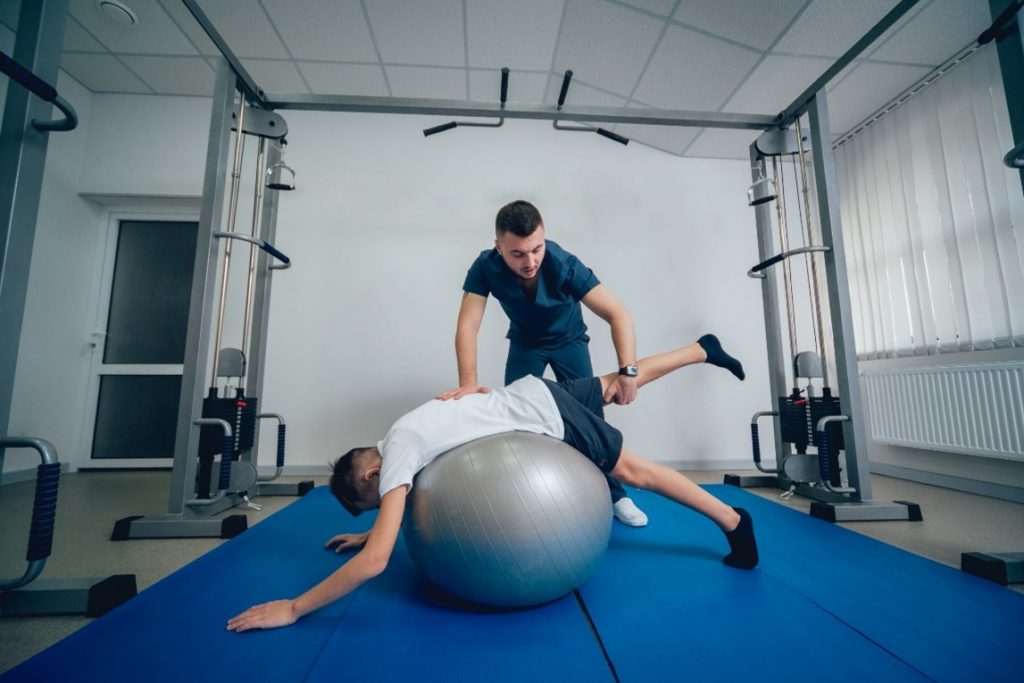John R. Callen is the CEO of MedRehab Alliance. With years of experience and a deep understanding of the intricate interplay between pain, movement, and rehabilitation, Callen illuminates a path towards relief and restoration. This article explains the innovative approaches and evidence-based practices MedRehab Alliance takes towards holistic well-being and effective pain management for their client’s patients.
More than 51 million adults in the U.S. — 20% overall — have some form of chronic pain, more than those who die yearly from heart disease, stroke, and lung diseases combined.
Pain is considered chronic when experienced either every day or on most days over a period of at least three years and does not improve with medical treatment. It is a worldwide epidemic. It impacts nearly every aspect of daily life, from the ability to work or sleep, or generally function – lasting for years or even decades.
John R. Callen explains that as the country’s population ages, chronic pain is likely to become even more prevalent. Methods for treatment have evolved over the years, with recent trends turning away from a reliance on prescription medication in favor of alternative treatments, including exercises, herbal supplements, acupuncture, and massage.
Physical therapy has emerged as a leading alternative treatment for a range of chronic pain conditions. And it does much more than just relieve pain.
John R. Callen Explains What Physical Therapy Does
Physical therapy is a treatment that a patient undergoes to restore some aspect of physical function and mobility. It often is used to address a temporary injury, such as a broken bone, or can be used as part of a post-surgical treatment plan.
Physical rehabilitation is also often recommended for those experiencing forms of chronic pain, with extended timeframes of treatment plans, through in-home therapy, at a medical/skilled nursing facility, or in an outpatient setting.
MedRehab Alliance notes that these treatments have been shown to be effective in managing chronic pain such as arthritis, neck and back pain, headaches, muscle pain and stiffness, and even cancer pains, especially post-surgery.

Physical Rehab and Chronic Pain
John R. Callen explains that rehabilitation techniques to manage chronic pain vary depending on the extent of the condition. Typically, a physical therapist will perform a pain assessment before beginning any treatment plan.
They will ask about the type of pain that is experienced, how often it occurs, and how it impacts daily life. A medical history is often taken, and the patient may be asked about their history of previous medical treatments and what has or has not worked in the past. A therapist may also test the range of motion, balance, or muscle strength as a baseline assessment.
Treatment Approaches
Various forms of exercise are commonly integrated into chronic pain treatment plans while undergoing physical therapy. Exercise is viewed as an effective way to increase mobility and strengthen both joints and muscles.
MedRehab Alliance notes that techniques include aerobic exercises that are low impact but still increase the heart rate without putting stress on joints, or strengthening exercises that often use resistance bands or exercise balls. Generally, the exercises are designed to target and strengthen areas where pain is experienced.
Physical rehabilitation may also include other forms of therapy, such as using ice or heat to ease inflammation or massage techniques to increase blood flow and make muscles less tense. Therapists may also offer suggestions for ways to walk, run, lift, or generally move without pain.
Popular forms of physical rehabilitation include manual therapy, using a gentle but hands-on treatment to help improve the flexibility of tissues and joints, and exercises that improve body mechanics – helping patients develop a new way to move efficiently, but without pain.

Targeted Methods
Severe or high-impact forms of chronic pain impact over 17 million adults in the U.S. every year. These forms of chronic pain require specific forms of physical rehabilitation to aid recovery.
Stroke survivors often need intensive assistance in learning how to not just become mobile again but move safely thereon. Therapy may include improving balance or ways to exercise properly when a patient has a lifelong disability.
John R. Callen says that those with Parkinson’s Disease or Alzheimer’s often find that their movements and motor skills are affected. Walking may be difficult and stiff muscles may cause pain or poor balance, leading to an increased chance of falling.
Rehabilitation techniques are implemented to improve flexibility and coordination, as well as movement and strength. Some patients require physical therapy in order to move, get out of bed, or sit and stand properly.
Even advanced forms of chronic pain associated with conditions such as multiple sclerosis (MS) benefit from physical rehabilitation. Those with MS typically cope with varying degrees of lack of mobility, control over movement, or difficulty breathing. As with Parkinson’s, they are at an elevated risk of falling or other life-threatening injuries.
MedRehab Alliance reports that through physical rehabilitation, those with MS are treated with exercises that increase strength and help with one’s ability to walk. Treatments also help to generally make physical activity more manageable and more comfortable over time.









